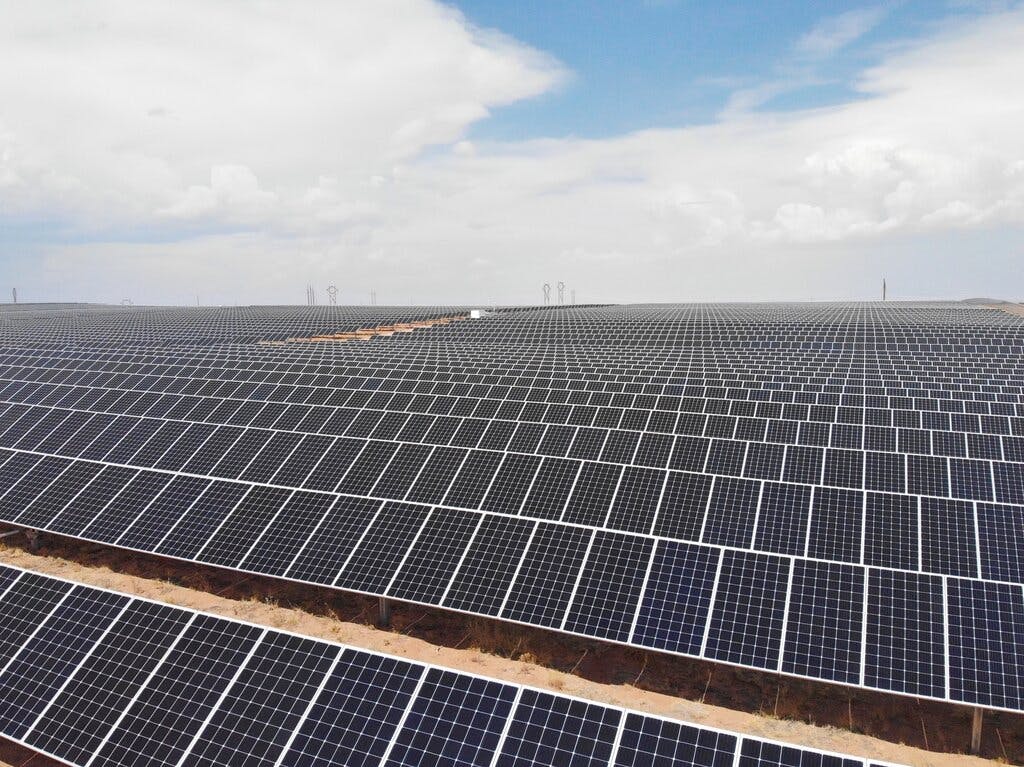Solar Imports Could Face Tariffs Up to 3,521 Percent Under New Anti-Dumping Rules
China is accused of paying Southeast Asian companies to sell solar panels below manufacturing costs to hurt US companies.

Some solar panel companies in Cambodia could face 3,521 percent tariffs on imports into the United States under a new Commerce Department plan. The retaliatory fees are to combat alleged dumping of the products on the U.S. market.
U.S. solar manufacturers asked the Biden administration to open an investigation last April. The Commerce Department found solar cells imported from Cambodia, Malaysia, Thailand, and Vietnam were getting subsidies from the Communist Chinese government to undercut U.S. manufacturers. The panels were found to be priced below the cost to produce them.
“The Commerce Department is holding China accountable for its transnational subsidies through other countries that harm American industry. Market-distorting, unfair trade practices against America have no place to hide,” Secretary of Commerce Howard Lutnick said. “The Commerce Department continues to enforce our trade laws fully so that we can rebuild U.S. manufacturing and restore American competitiveness. We must ensure a level playing field for American businesses and workers.”
Malaysian companies could see up to 250 percent tariffs; Thai companies face up increases above 900 percent; and Vietnamese companies could face new tariffs topping 800 percent. The highest tariffs were reserved for Cambodian companies that refused to take part in the investigation. The new tariffs would be on top of the 10 percent levy that has been in place since April 2.
The Commerce Department says Cambodia rapidly increased imports from $218 million worth in 2021 to $2.3 billion in 2023. Preliminary tariffs went into effect last year and imports from Cambodian companies have dropped as much as 91 percent. They could dry up almost completely with the new tariffs.
“This is a decisive victory for American manufacturing and confirms what we’ve long known: that Chinese-headquartered solar companies have been cheating the system, undercutting U.S. companies, and costing American workers their livelihoods,” American Solar Trade Committee lead council Tim Brightbill said.
There are critics of the plan. The Solar Energy Industries Association says the tariffs would hurt U.S. solar producers because the prices in imported cells that are assembled into panels domestically will become more expensive, CNN reported.
The International Trade Administration will make a final determination on the exact tariffs by June 2, 2025 and they will go into effect a week later.
